Before You Hit The Delete Button
16 October 2018 | Inside Angama | Jeffrey Thige
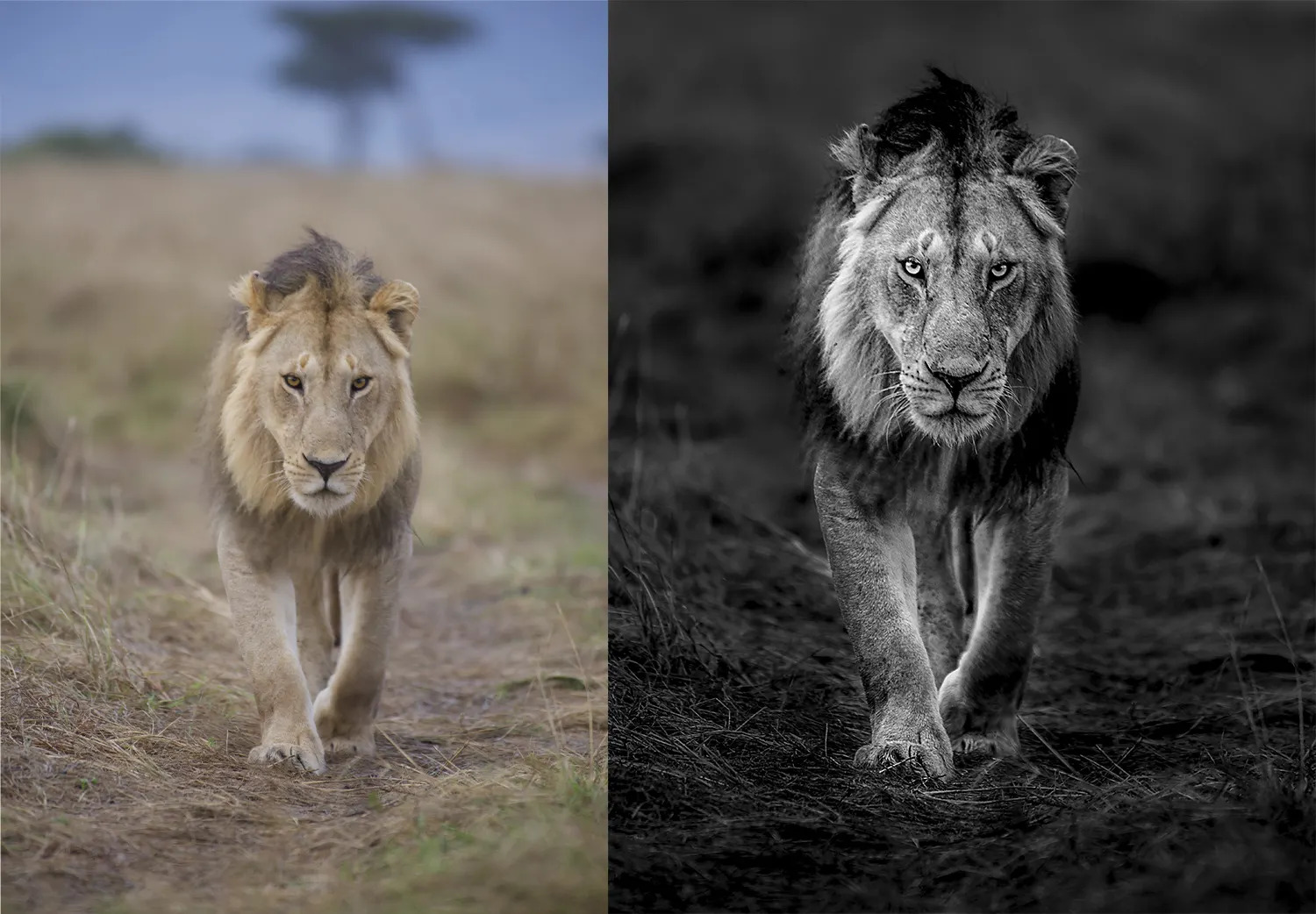
Although some may consider digital editing to be somewhat disingenuous, I believe if it is done right, digital editing is a powerful and necessary photographic tool. Unfortunately, some images are over-edited making them look too unrealistic. The trick is to find a balance that maintains authenticity while improving aesthetics.
As a photographer, getting your settings right will allow you to take captivating images that require minimal editing. That’s the first step. But even for the best photographers, no image is perfect without a few tiny touch-ups. Editing done well can add astounding beauty to your images; contrast and colour that could not have achieved otherwise.
In this blog we focus on a few important parameters of editing that make your images pop without misrepresenting reality.

COLOUR
While the raw image is well exposed and well positioned as intended by the photographer, it lacks an intangible quality. By subtly increasing saturation (boldness of colours), this image became more vibrant and captivating. However, this must not be overdone lest it loses its natural quality. In this example, even though the edited image is not award-winning, it is more attractive to the eye than the unedited (RAW) image.
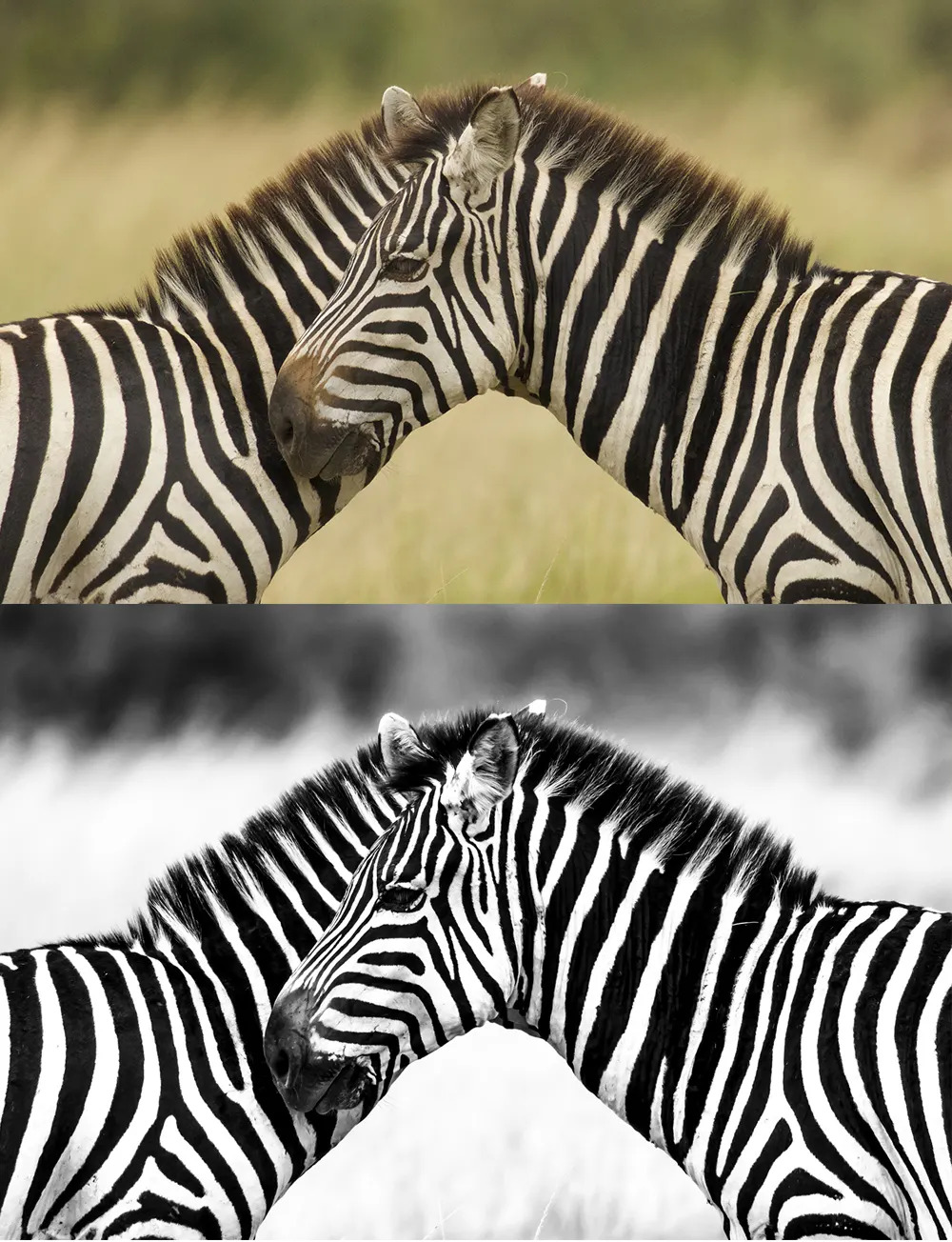
BLACK AND WHITE
Black and white photographs are tricky to edit as they rely on detail, contrast and perspective. For some images, converting to black and white becomes a confusing mess of grey tones. For others, it can make the unremarkable remarkable. The secret is finding that balance. Though entirely subjective, through practice of converting images and playing around with the variables that affect contrast, you will begin to identify how much is too much, and how little is too little, honing in on striking the perfect balance for a given image.

THE DRAMATIC EFFECT
It is not uncommon using the best cameras under challenging conditions to inadequately capture the drama the human eye and brain process in real life. Digital editing can correct this lack of drama allowing to more closely reflect what actually took place. In other words, while raw images are good, they sometimes cannot reflect the real-life intensity of a picture until edited appropriately. Great editing makes images more beautiful and captivating.
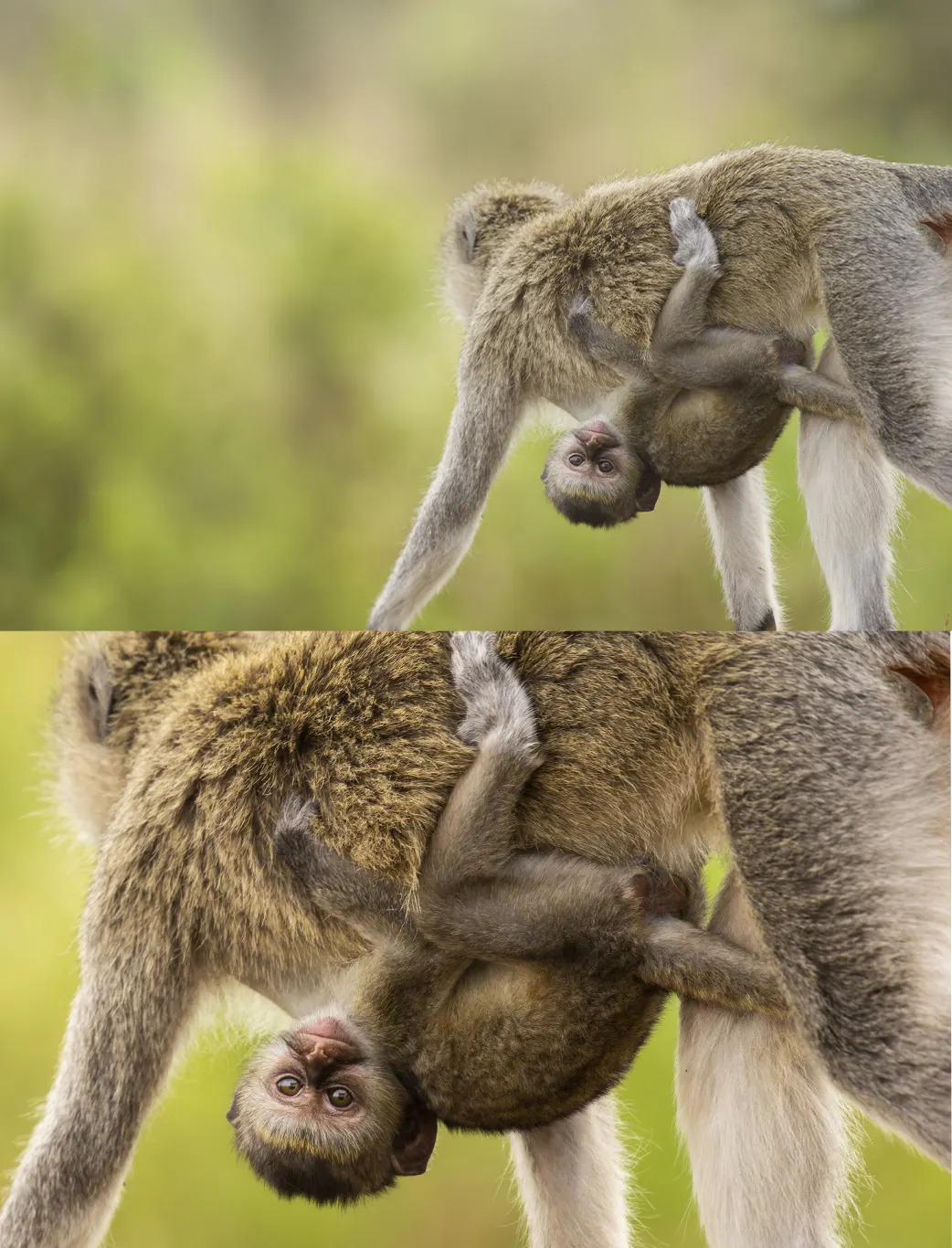
CROPPING
Even great photographers get the framing wrong from time to time. For this reason, cropping is one of the simplest and most essential elements of editing, because it allows you to adjust the composition as intended, including straightening crooked images.
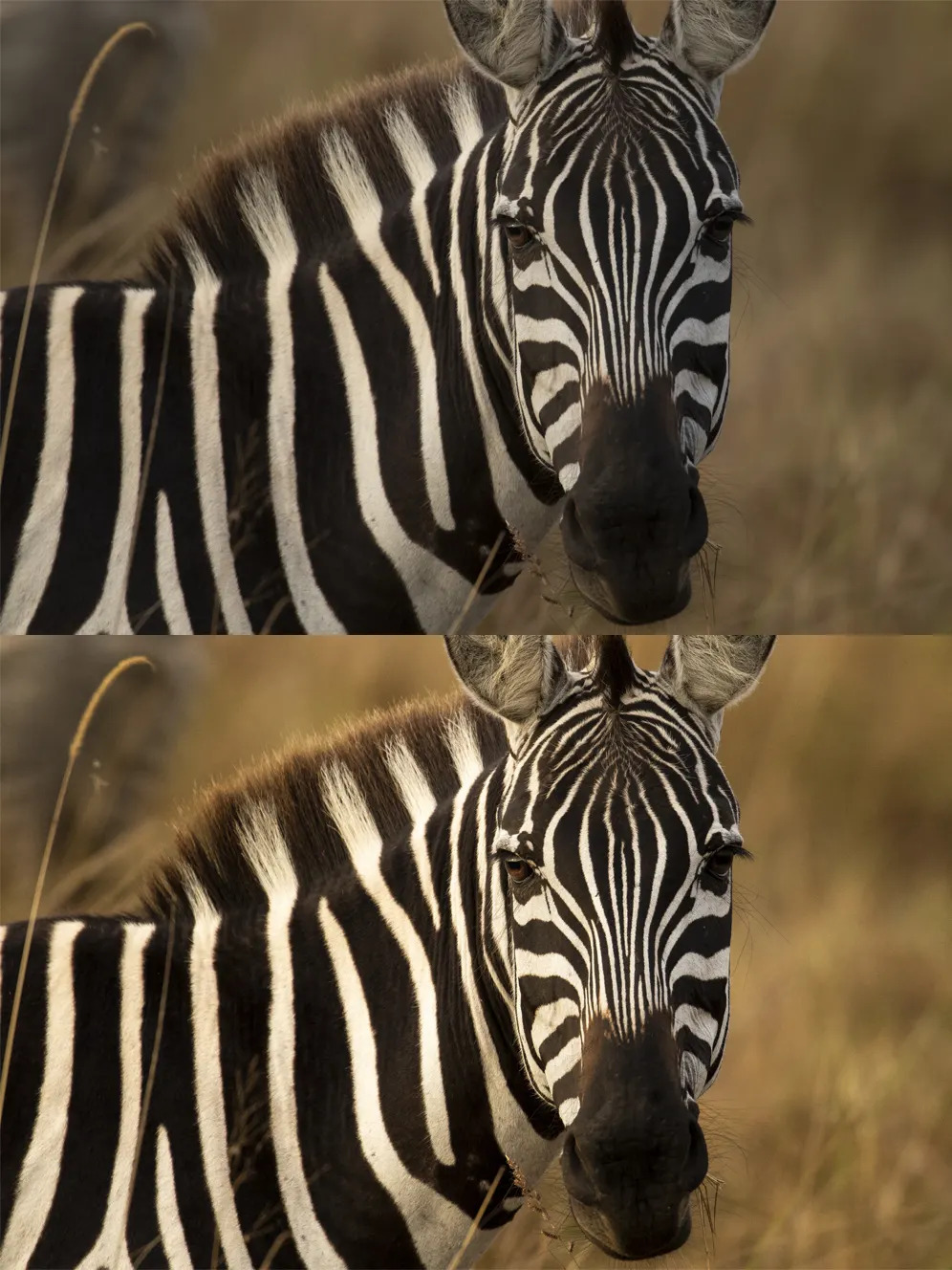
SHARPENING
The newest high-end cameras produce unbelievably crisp, sharp images. If you are working with an older or budget camera, or perhaps just have a subtle misfire, the image may not be as defined as desired. Through simple editing you have the ability to make your images a bit sharper (once again being careful not to ruin the quality).
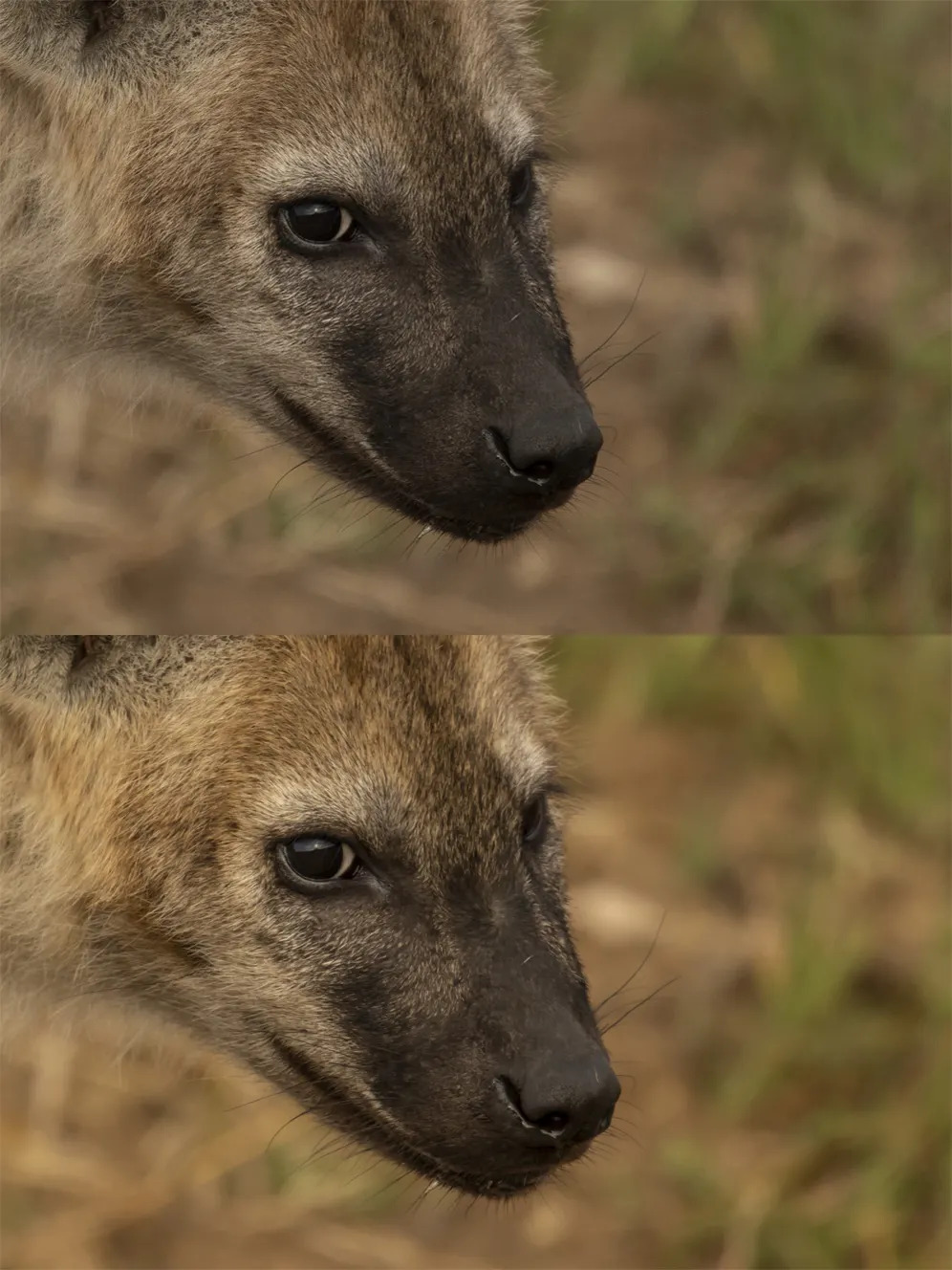
NOISE/GRAIN
Pictures taken under high ISOs or in low-lit scenarios will more often than not appear too grainy or “noisy.” Digital editing offers a solution to that by reducing the amount of grain and increasing luminance. But only to a degree – if the picture was shot at the upper extremes of ISO and is terribly noisy, you might not achieve your desired effect.
If in doubt please come and pay us a visit at the Angama Photographic Studio and we will be delighted to go through this with you.
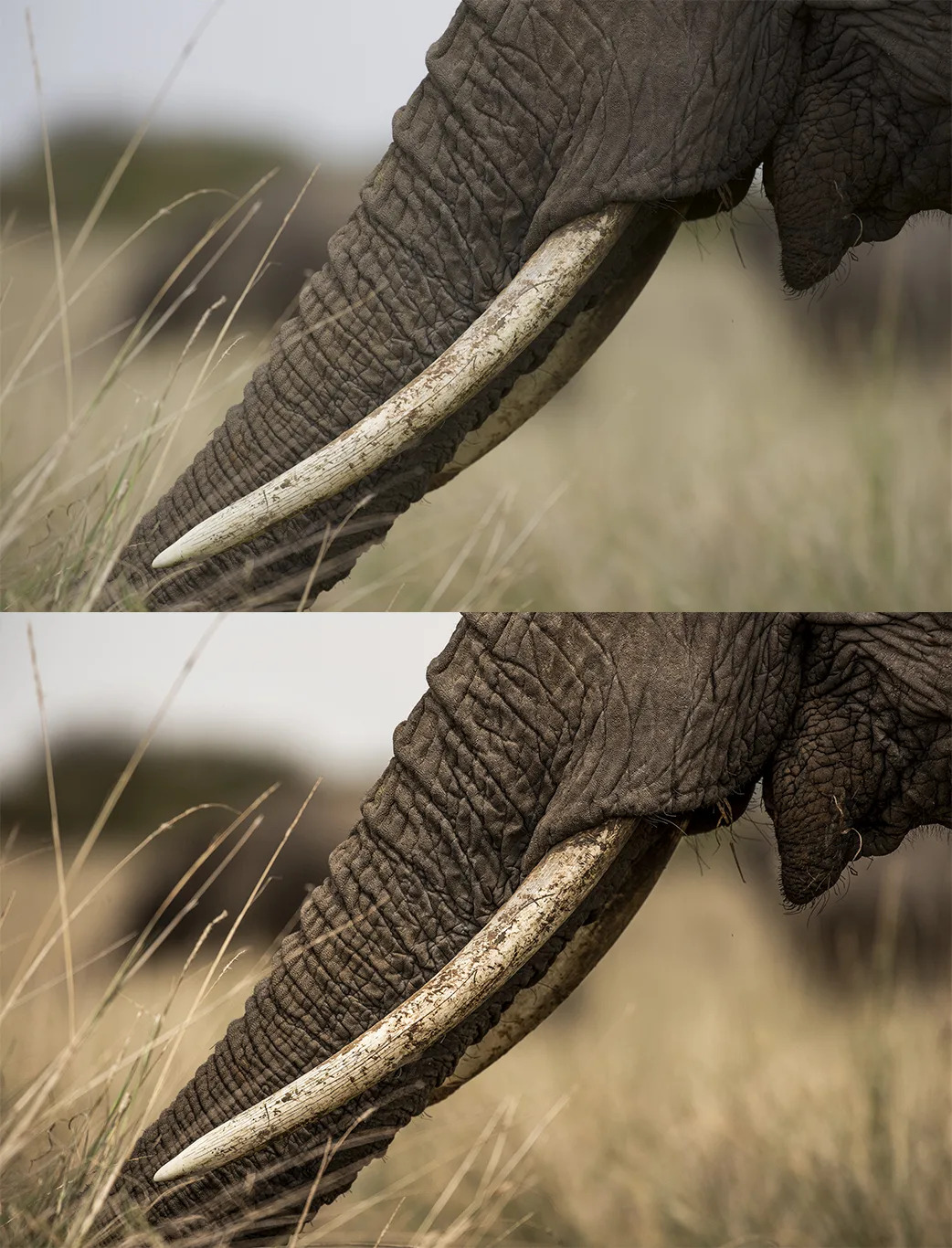
Photographs in this blog were taken by both Jeffrey Thige and Adam Bannister – all edited by Jeff


